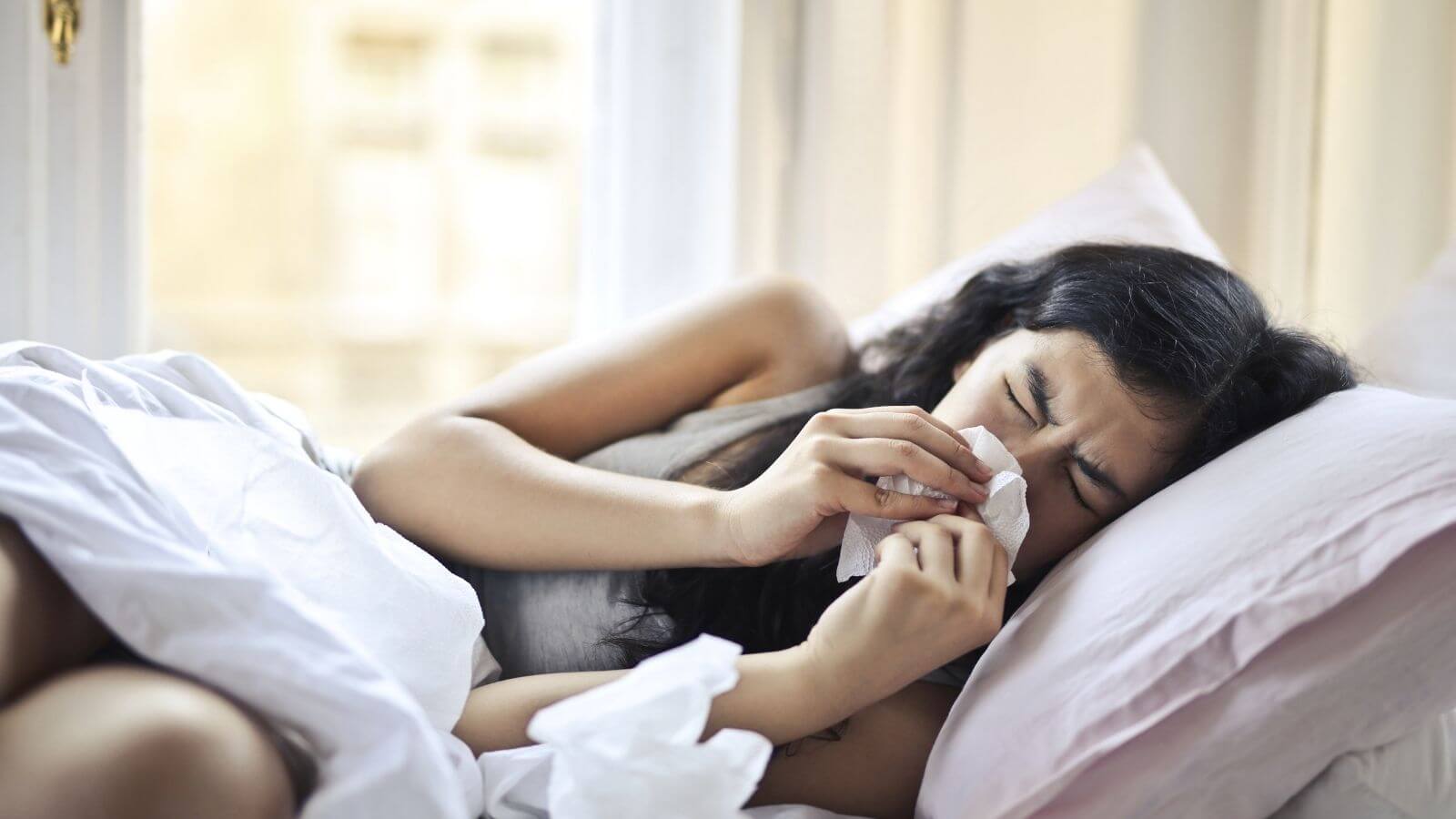New York State’s paid sick leave law somewhat quietly went into effect on September 30, 2020. At that time, the NYS Department of Labor had not issued any interpretative guidance for employers. Luckily, no employees are eligible to take leave under the law until January 1, 2021. And now, at least, the DOL has issued paid sick leave FAQs that answer some questions (while perhaps raising others).
Basic NYS Paid Sick Leave Requirements
New York’s 2021 budget legislation included mandatory sick leave for employees throughout the state, except employees of government entities. All private employers with more than 4 employees must provide paid sick leave.
“Small” Employers
Employers with up to 4 employees must provide employees with at least 40 hours of unpaid sick leave each year.
However, employers of this size who had net income over $1 million in the previous tax year must pay employees for this leave.
“Medium” Employers
Employers with between 5 and 99 employees must provide employees with at least 40 hours of paid sick leave each year.
“Large” Employers
Employers with 100+ employees must provide employees with at least 56 hours of paid leave each year.
Accrual
Existing employees began accruing sick leave on September 30, 2020.
Employees accrue leave at a rate of not less than 1 hour per 30 hours worked.
Alternatively, employers can frontload all of the leave at the beginning of the year.
Basis for Leave
Eligible employees may take accrued sick leave for any of these reasons:
- Mental or physical illness, injury, or health condition of either an employee or an employee’s family member, regardless of whether such illness, injury, or health condition has been diagnosed or requires medical care at the time employee requests leave.
- Diagnosis, care, or treatment of a mental or physical illness, injury, or health condition of, or need for medical diagnosis of, or preventative care for either the employee or an employee’s family member.
- Absences related to domestic violence.
Click here for more details on the statutory requirements.
DOL’s Paid Sick Leave FAQs
For the most part, unfortunately, the State FAQs essentially restate the law without clarification or elaboration. Here are some topics of interest that the DOL addresses (or fails to):
Telecommuters
Employees who telecommute are “covered by the law only for the hours when they are physically working in New York State.” This clarification presumably refers to the accrual component, not the taking of accrued leave. Someone who is on sick leave is not “physically working” anywhere.
This nuance should not provide much administrative complexity for employees who live and work entirely in New York State. Arguably they wouldn’t accrue time if they happen to conduct some work outside of the state on an isolated basis (e.g., while on vacation). However, it probably wouldn’t be worth the trouble to carve that work out for sick leave accrual purposes.
On the other hand, employees who work from home outside of New York for a New York-based company apparently don’t accrue sick leave unless they come into the state to work. Such employees would have to work at least 30 hours in New York to accrue their first hour of NYS sick leave.
Finally, there is the case of employees who split their time working inside and outside of New York. This scenario may create the biggest administrative hassle.
Will your company track hours separately based on work location? Or will you just give employees the benefit of the doubt for accrual purposes? How would this affect whether you frontload sick leave at the beginning of the year rather than tracking accrual?
Employer Size
As discussed above, the amount of sick leave employees can take (and whether it’s paid) depends on the size of the employer’s workforce and its net income. The law itself left some gaps in evaluating those factors. The paid sick leave FAQs don’t fill all of them.
One of the FAQs indicates that the employer must count all employees at its New York State locations. So, it’s not a facility-based analysis. But, frankly, that conclusion wasn’t in much doubt based on the law itself.
The FAQs don’t clarify, for example, whether telecommuters who primarily work outside of New York, but occasionally come into a New York office, count.
They also don’t expand on the calculation of “net income.”
Preventative Care
The New York paid sick leave law allows employees to use accrued time for preventative medical care. The FAQ document more specifically acknowledges that leave is available for routine doctor, dentist, and eye doctor appointments.
Safe Leave
The paid sick leave FAQs use the term “safe leave,” which is not found in the law. The DOL uses it to refer to the scenarios where victims of domestic violence can take sick leave.
An FAQ notes that an employee can use “safe leave” even if they have not contacted the police about the alleged perpetrator.
Bereavement Leave
The paid sick leave FAQs explain that bereavement is not a basis for using accrued sick leave.
The New York Legislature tried to create a State bereavement leave law in 2019, but Governor Cuomo vetoed the legislation.
Rate of Pay
When employees use paid sick leave, their employers need only pay their regular rate of pay for the time off. There is no requirement to pay overtime if sick leave occurs when the employee otherwise would have been working overtime.
In addition, employees do not need to make up for lost tips during leave time. However, employers likewise cannot apply a tip credit toward sick leave. Thus, tipped employees must receive sick leave based on the applicable minimum wage if their normal working pay rate is lower.
Employees who receive different rates of pay for different tasks must receive sick leave pay based on the weighted average of their pay rates.
Local Laws
The DOL’s FAQ document specifically mentions local laws in Westchester County and New York City.
Westchester County’s law provides that domestic workers accrue paid sick leave at the rate of one hour for every 7 days worked. An FAQ says that this benefit will remain available to domestic workers in Westchester.
Another FAQ confirms that “New York City may continue to enforce the provisions of the New York City Paid Safe and Sick Leave Law to the extent that such provisions meet or exceed the end standard or requirements for minimum hour and use set forth in the New York State Paid Sick Leave Law, as determined by the Commissioner of Labor.”
Paid Family Leave
An FAQ says that employees can choose to use paid sick leave during New York Paid Family Leave only if their employer allows them to. Doing so may permit an employee to receive their full salary rather than the lesser amount the Paid Family Leave program provides.
Carryover
The FAQs acknowledge that employees may be able to accrue more sick leave than they could take in any calendar year because the law requires employers to permit employees to carry unused time over from one year to the next.
Carrying over time may have no impact where the employer frontloads the full annual allowance at the beginning of the year. But, for employees who must accrue time, it enables them to have time available immediately each year.
Employees also keep all accrued time if they change positions within a company.
Unused Leave
The paid sick leave law does not require employers to pay out unused sick leave upon separation from employment. However, an FAQ cautions that “seasonal employees who maintain an ongoing employment relationship with their employer maintain their leave accruals through such breaks in employment.”
Donating Time
An FAQ allows that employers can permit employees to donate unused sick leave to other employees. However, this must be completely voluntary on the donating employee’s part.
Employers considering this approach should be mindful of potential implications. For example, employers cannot limit any employee’s total sick leave accrual over multiple years. Thus, some employees may have time to donate that they might never be able to use themselves. Plus, employees have different pay rates; therefore, donating time between employees could impact the cost of the sick time to the company.
Notice
The DOL confirms that employees can take sick leave without any particular amount of advance notice, as long as they make an oral or written request before taking leave. And employers may permit an employee to use available leave even if they didn’t notify the employer before taking the time off.
The full paid sick leave FAQs document is available here.
Your Company’s Next Steps
If you haven’t already determined how your company plans to implement the New York paid sick leave law, now is probably the time to act. If you’re not going to frontload sick time in January, then you need to start tracking employee accrual as of September 30, 2020. Regardless, you should review existing leave policies, including vacation and paid-time-off policies, to determine your overall approach to paid leave starting in 2021. Many companies have the option of structuring paid leave such that there is minimal additional labor cost. But this will likely require deliberate steps before the new year begins.
It remains to be seen whether the DOL will fill in more gaps before employees can start taking NYS paid sick leave. If your company falls into coverage gray areas or otherwise can’t determine how the law applies to you, then you should monitor potential further guidance from the State.
Horton Law will continue to track any developments. Sign up for our email newsletter or follow us on LinkedIn to stay updated.


